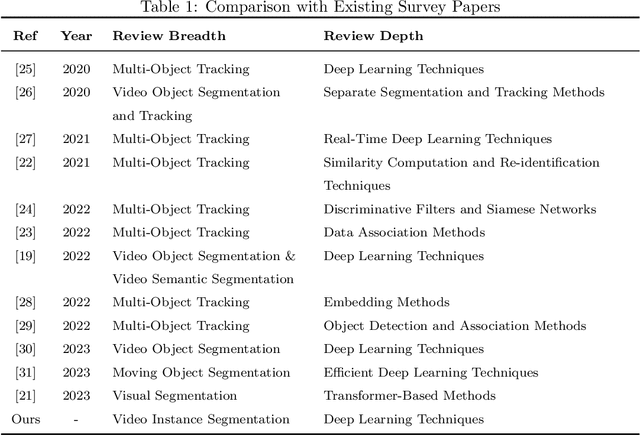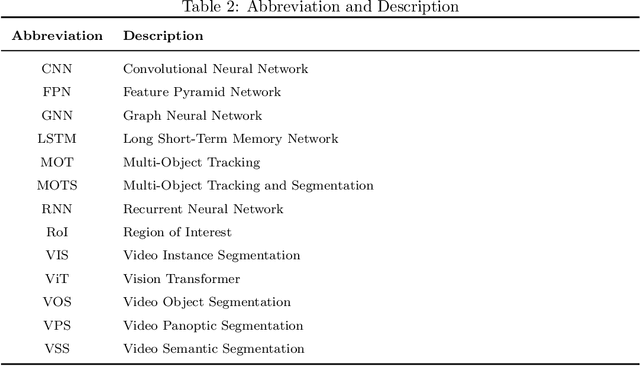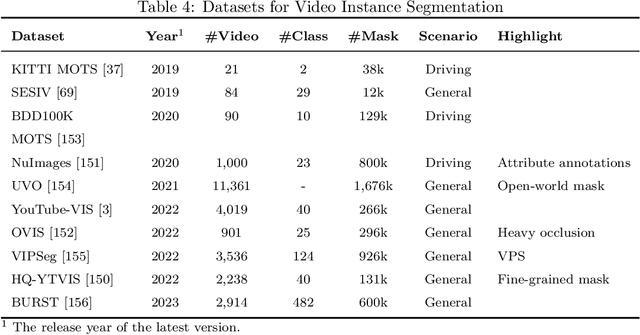Douglas Creighton
HSViT: Horizontally Scalable Vision Transformer
Apr 08, 2024



Abstract:While the Vision Transformer (ViT) architecture gains prominence in computer vision and attracts significant attention from multimedia communities, its deficiency in prior knowledge (inductive bias) regarding shift, scale, and rotational invariance necessitates pre-training on large-scale datasets. Furthermore, the growing layers and parameters in both ViT and convolutional neural networks (CNNs) impede their applicability to mobile multimedia services, primarily owing to the constrained computational resources on edge devices. To mitigate the aforementioned challenges, this paper introduces a novel horizontally scalable vision transformer (HSViT). Specifically, a novel image-level feature embedding allows ViT to better leverage the inductive bias inherent in the convolutional layers. Based on this, an innovative horizontally scalable architecture is designed, which reduces the number of layers and parameters of the models while facilitating collaborative training and inference of ViT models across multiple nodes. The experimental results depict that, without pre-training on large-scale datasets, HSViT achieves up to 10% higher top-1 accuracy than state-of-the-art schemes, ascertaining its superior preservation of inductive bias. The code is available at https://github.com/xuchenhao001/HSViT.
Deep Learning Techniques for Video Instance Segmentation: A Survey
Oct 19, 2023



Abstract:Video instance segmentation, also known as multi-object tracking and segmentation, is an emerging computer vision research area introduced in 2019, aiming at detecting, segmenting, and tracking instances in videos simultaneously. By tackling the video instance segmentation tasks through effective analysis and utilization of visual information in videos, a range of computer vision-enabled applications (e.g., human action recognition, medical image processing, autonomous vehicle navigation, surveillance, etc) can be implemented. As deep-learning techniques take a dominant role in various computer vision areas, a plethora of deep-learning-based video instance segmentation schemes have been proposed. This survey offers a multifaceted view of deep-learning schemes for video instance segmentation, covering various architectural paradigms, along with comparisons of functional performance, model complexity, and computational overheads. In addition to the common architectural designs, auxiliary techniques for improving the performance of deep-learning models for video instance segmentation are compiled and discussed. Finally, we discuss a range of major challenges and directions for further investigations to help advance this promising research field.
 Add to Chrome
Add to Chrome Add to Firefox
Add to Firefox Add to Edge
Add to Edge